导语:Maurizia Galvan, from Italy, has lived in China for twelve years and chose China as a destination for her personal and professional growth..
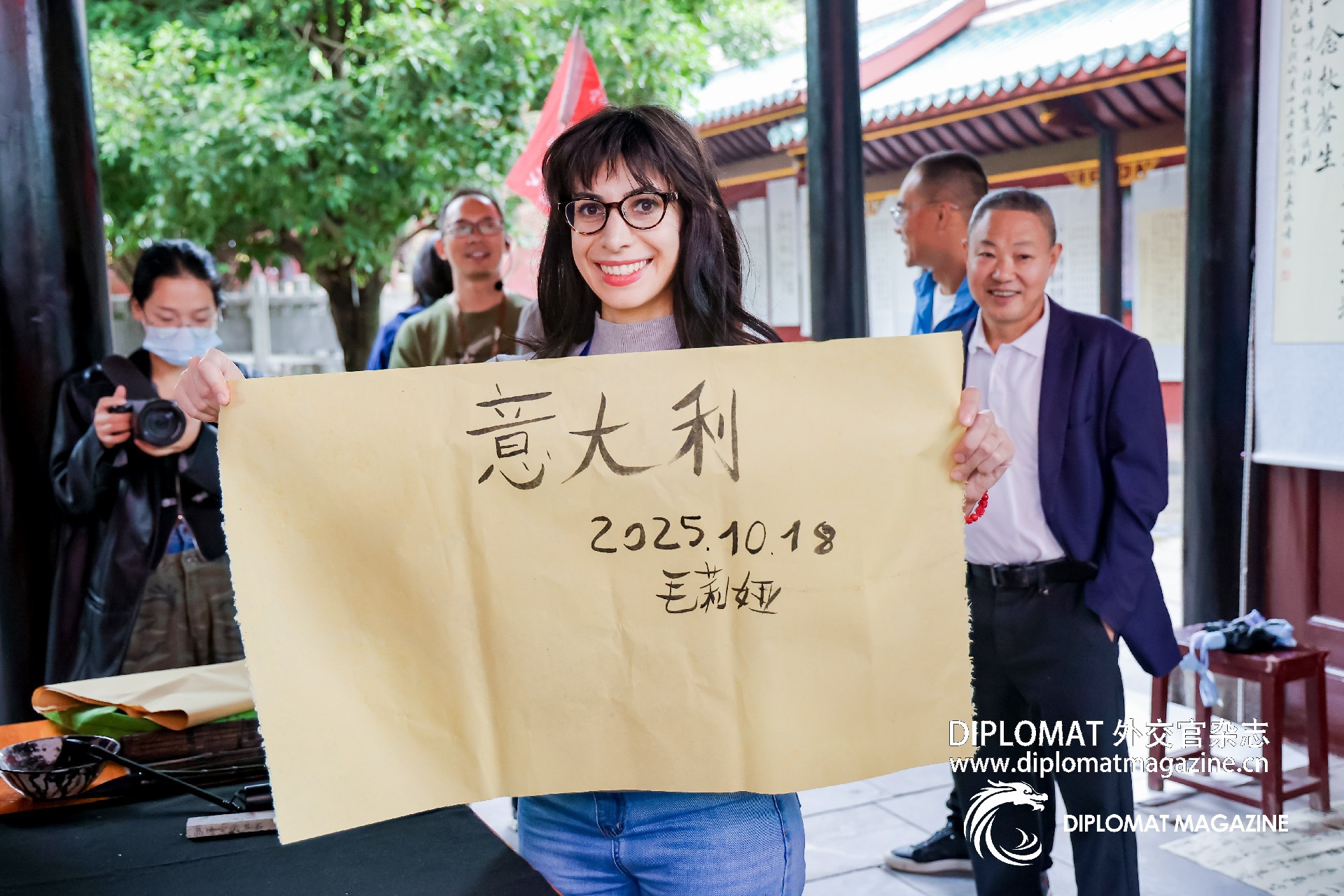
I've lived in China for over twelve years. I've been to various parts of China, including some quite remote locations, but I'd never been to Wu Gang before. It's a thousand-year-old town, boasting ancient buildings and a diverse culinary culture, making it unique and renowned. It's a town with a strong desire to open up to the world, to make itself known, and I think intercultural dialogue is an excellent first step.
During my stay in Wu Gang, I had the opportunity to see how the braised food being prepared, listen to the story of this recipe passed down from generation to generation, and taste various dishes, from tofu to meat to braised cold dishes..
We were welcomed with great warmth and hospitality, which made my memories of the city even more beautiful.
It's true that places take on different nuances depending on the people you share them with.
I hope that in the future, many more Italians will have the opportunity to visit Wu Gang, tour the city, and taste the local delicacies.
It would be wonderful to further develop outbound tourism and attract European tourists to the city.
I think it will be an unique experience for them, different from common tourist destinations like Shanghai, Beijing, Hangzhou, Xi'an, and so on. It's precisely in small, ancient cities that ancient traditions and the most authentic version of China are best preserved.
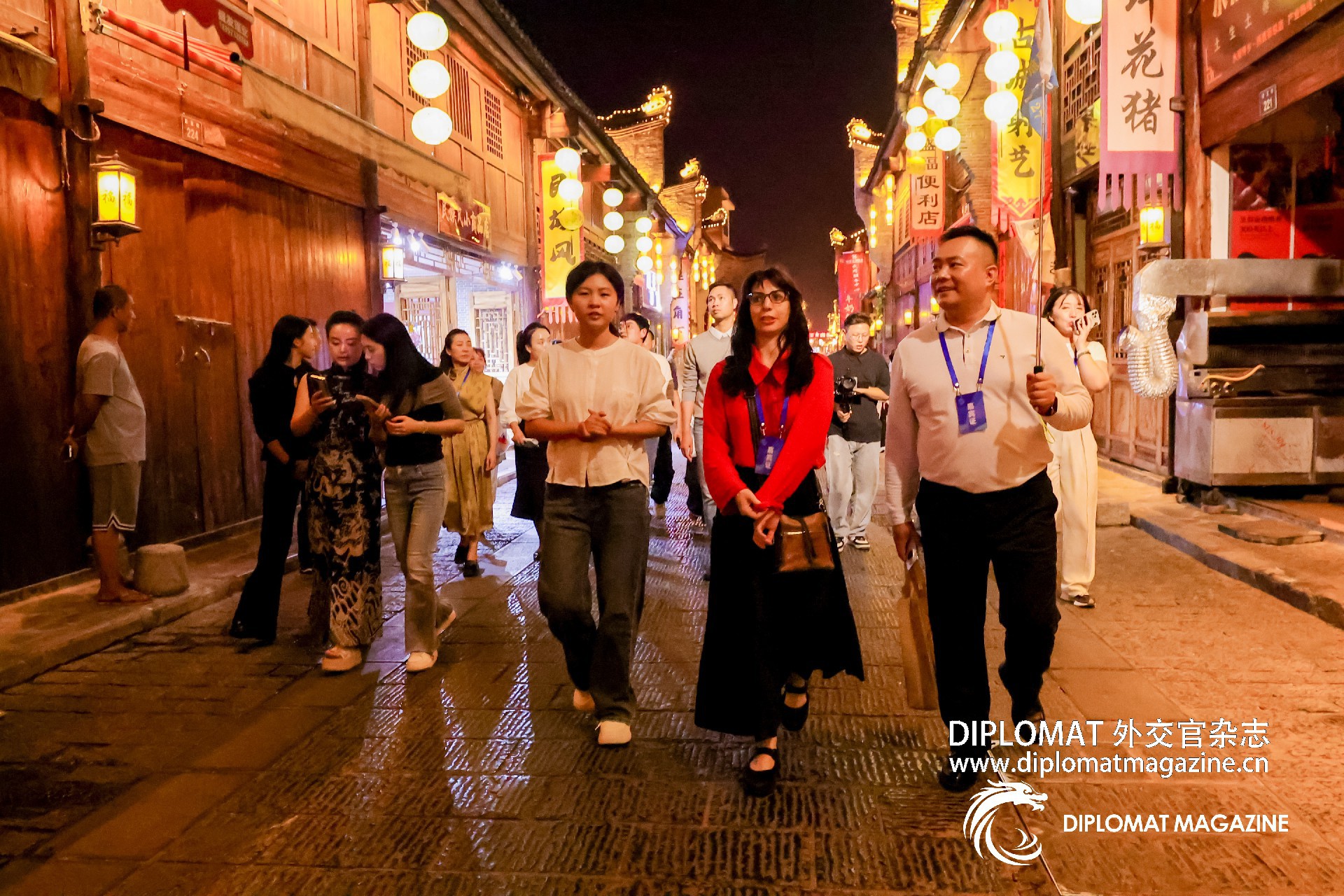
Ancient cities in Italy were influenced by Etruscan, Greek and finally Roman urban planning principles. According to the Etruscan the city is characterized by a central forum as public space, fortified walls and a rectangular system for streets. This type of of urban planning is still evident today in the city of Tarquinia and Cerveteri:characterized by a blend of public and private spaces and robust defensive walls.
The Greek urban planning cities as Agrigento and Syracuse in Sicily, was guided by principles that organize cities with intersecting streets and rectangular blocks, and the separation of city areas, typically including the religious acropolis, the civic agora, and the residential town. These
principles focus on the symmetry and the proportion in the design, the integration of public spaces for community life, and the strategic use of natural landscape features for public buildings like theaters.
The last one, the Roman one, is focus on functionality, durability and aesthetics. Streets were often laid out in a rectangular grid; a central, rectangular plaza served as the heart of the city and were divided into zones for different activities. Rome and Pompeii are prime examples of Roman urban planning cities.
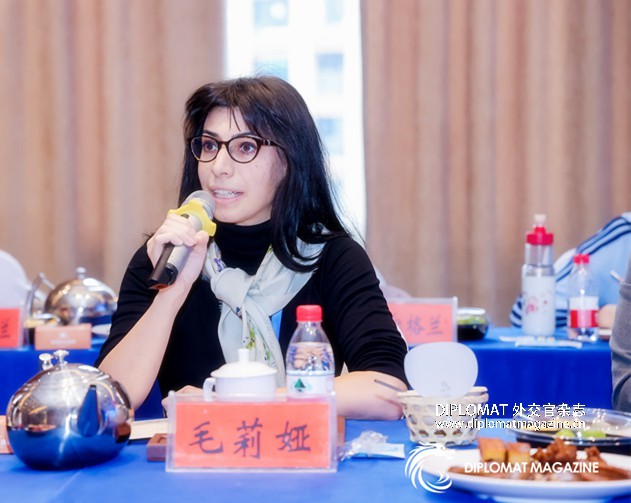
Braised food in Wugang is historically significant part of the region's culinary tradition and that’s also why Wu gang is officially named the "Capital of Braised Flavors". I have eaten braised food before but not in so many different way of preparation. I really like the local braised food and I loved being an integral part of the food preparation. It was a unique experience because it wasn't a passive tasting, but rather an active participation in the various processes of preparing the tofu, sauce, and other dishes. It was like experiencing Wu Gang's culinary art in its entirety and becoming, in some way, an integral part of it for a couple of days.
Besides the food, being a passionate and scholar of Chinese Baijiu, I also had the opportunity to taste a strong-flavored local Baijiu (Jiang Xiang), which perfectly accompanied the strong, succulent and sometimes even spicy flavors of the local braised food.
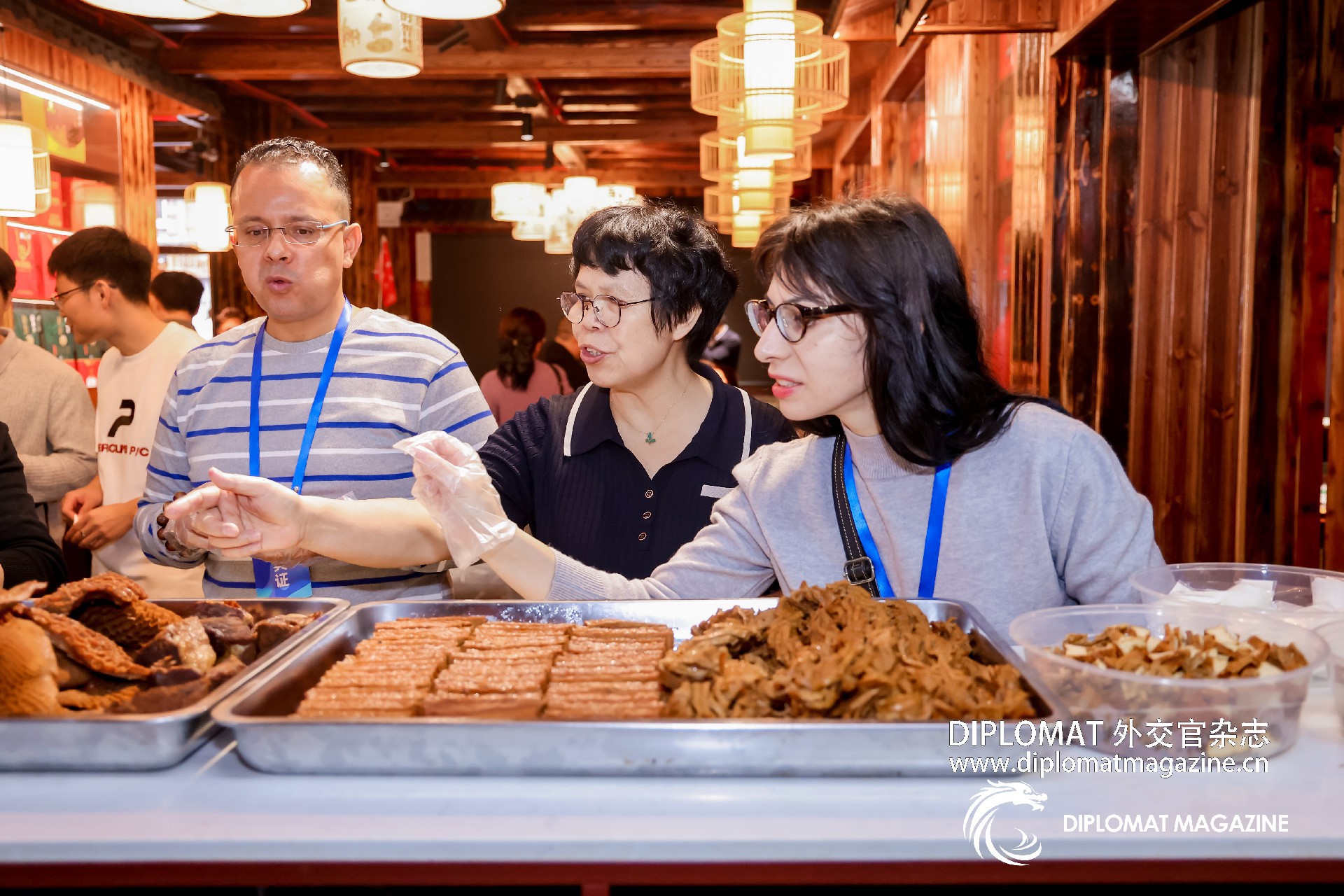
In Italy also we have braised food, that’s traditional cooking method across Italy a "low and slow" cooking technique used for , comforting meals that are central to family gatherings generally on Sunday . Italian braised dishes are different from China and have with regional variations showcasing local ingredients.
For the example in the North of Italy a famous braised dish is the “Ossobuco alla Milanese” :cut veal shanks braised with vegetables, white wine, and broth ; and in the South of Italy, in Naples,
a notable braised meat sauce is “The ragù alla napoletana”: involves braising large, whole cuts of beef and pork in a tomato-based sauce for a long time. No matter in the Noth or in the South the key culinary principles of the Italian braised food are: patience and time, as it will take long time for preparation; the wine, as a key ingredient; a flavor base of slowly cooked, finely chopped onions, carrots, and celery in olive oil or butter.
By/Maurizia Galvan
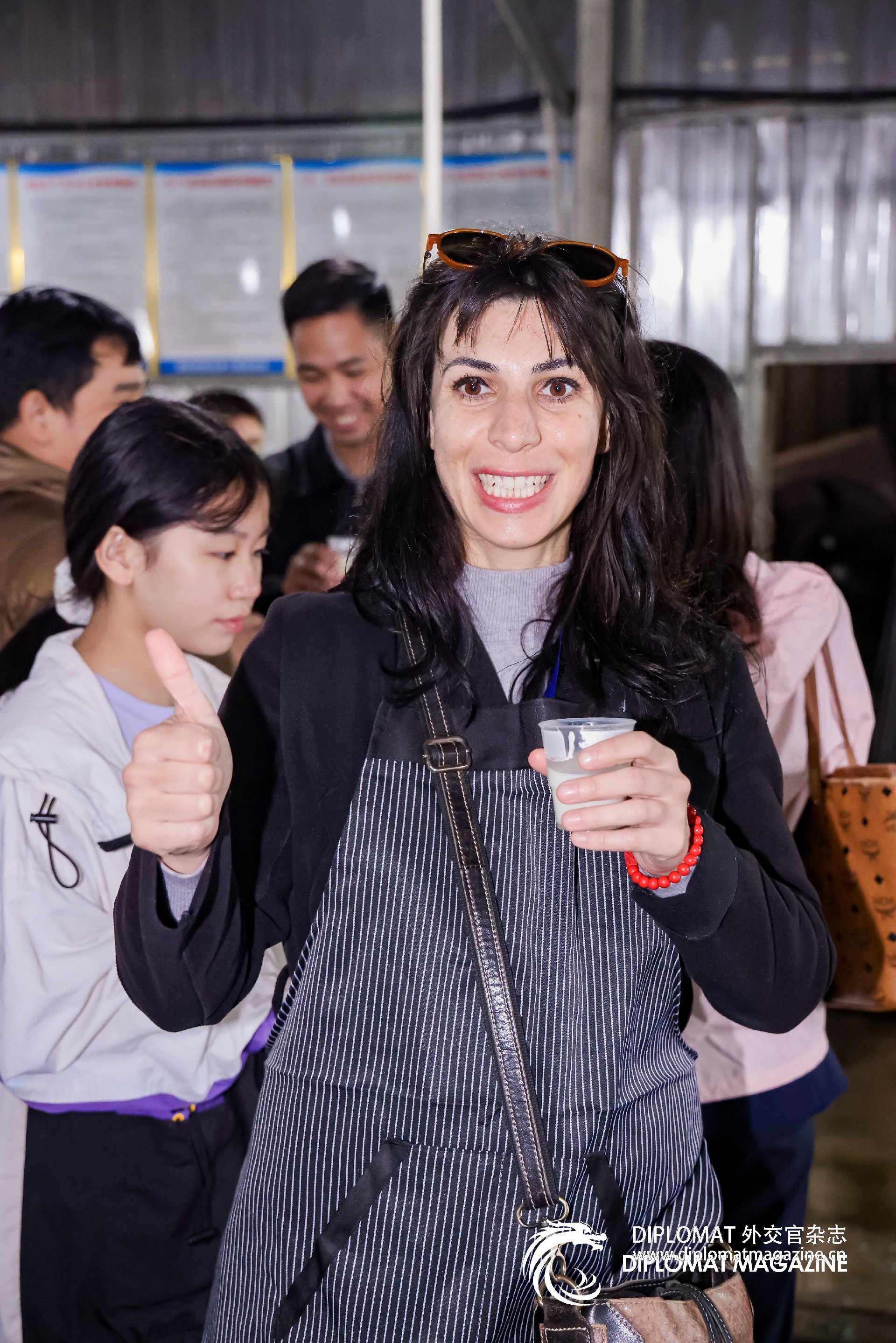
Maurizia Galvan, from Italy, has lived in China for twelve years and chose China as a destination for her personal and professional growth. She is currently the owner of Shanghai Maoliya Alcohol Industry Co., Ltd. and is committed to promoting cultural and commercial dialogue and fostering friendly relations between Italy and China.
















